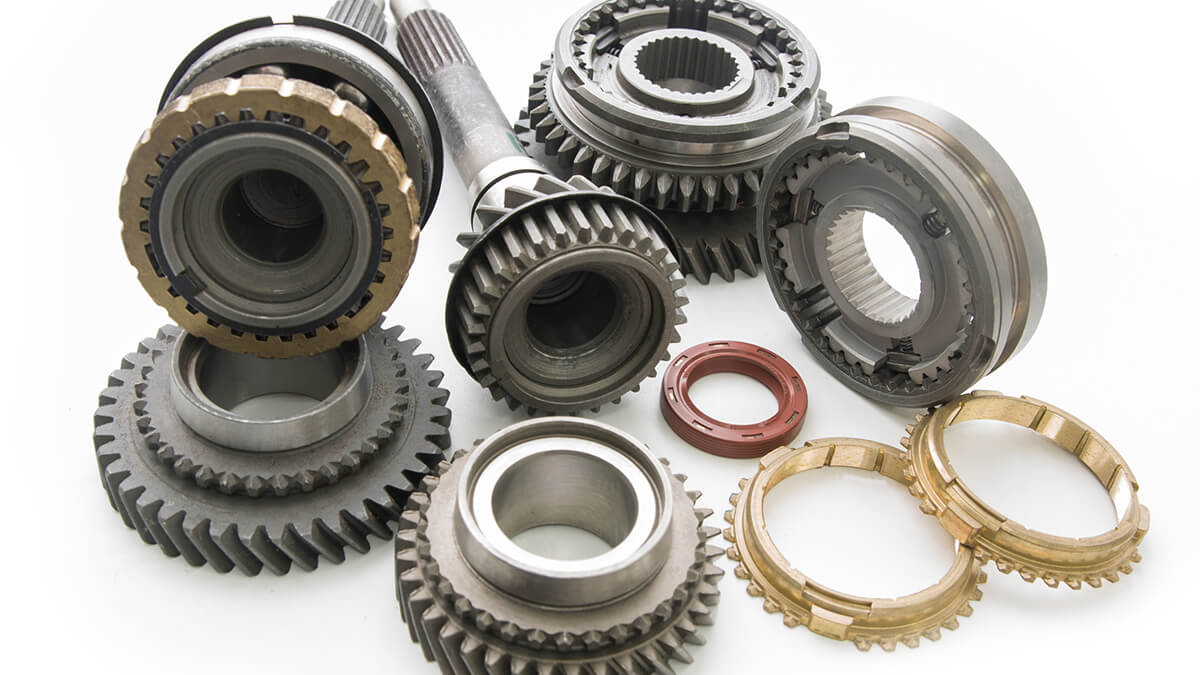Defects are bound to arise during the reprocessing of mechanical equipment or parts related to metal. As a result, the final item's surface treatment process plays a crucial role, serving the dual purpose of enhancing aesthetics and providing protection. This process not only improves the performance of metal parts but also helps prevent rust.
Why is Surface Treatment Necessary?
In our daily lives, precision parts surround us, greatly facilitating both our personal and professional endeavors. At times, we may observe that precision parts made from copper materials turn black after processing. This phenomenon is attributed to the inherent reactivity of copper, which readily undergoes chemical reactions with oxygen in the air. The oxidation process leads to the formation of copper oxide, expressed by the chemical reaction formula: 2Cu + O2 = 2CuO.
In many instances, brass parts processed as precision components may already exhibit oxidation and discoloration before reaching the customer, compromising quality, affecting appearance, and even necessitating rework, thereby escalating costs.
To address this, it is essential to incorporate a passivation process during the manufacturing of precision parts. The principle involves applying a chemical conversion film that forms a protective layer without affecting conductivity, weldability, or workpiece dimensions. Importantly, this process maintains the hardness of the material.
Surface Treatment Procedure
Utilize a stainless steel container to contain the passivation solution.
Immerse the workpiece in the solution for approximately 5 minutes.
Remove the workpiece and rinse it thoroughly with water, allowing it to dry.
Before passivation, ensure the workpiece undergoes pre-treatment to eliminate oil stains or surface oxides. This may involve using a cleaning or deoxidizing agent.
For enhanced brightness, polish the surface with a polishing agent before proceeding with passivation.
The polishing process is straightforward, requiring no specialized equipment, and can be done by direct immersion.
Surface treatment is a deliberate process that imparts unique mechanical, physical, and chemical properties to the surface layer of a base material. The goal is to fulfill specific functional requirements, such as corrosion resistance, abrasion resistance, or decorative enhancements. Common surface treatment methods for metal castings include mechanical polishing, chemical treatment, surface heat treatment, and spray coating. This comprehensive approach ensures the thorough cleaning, deburring, degreasing, and descaling of the workpiece surface.







.png)






